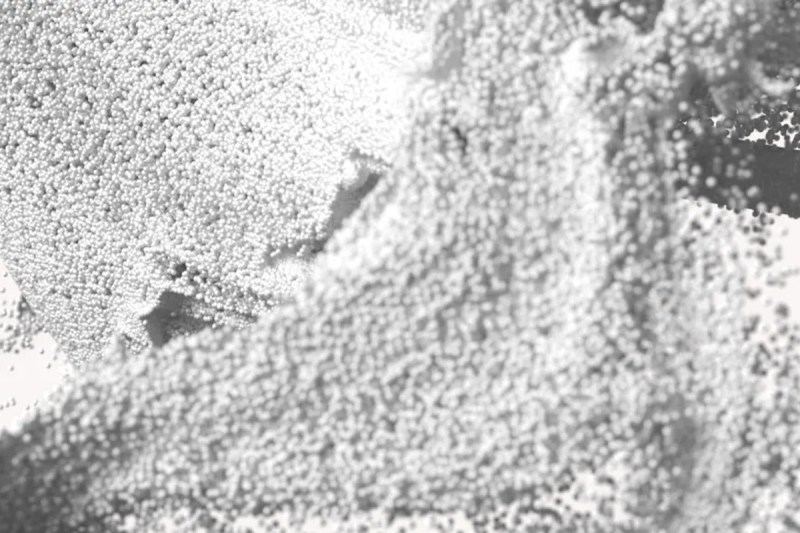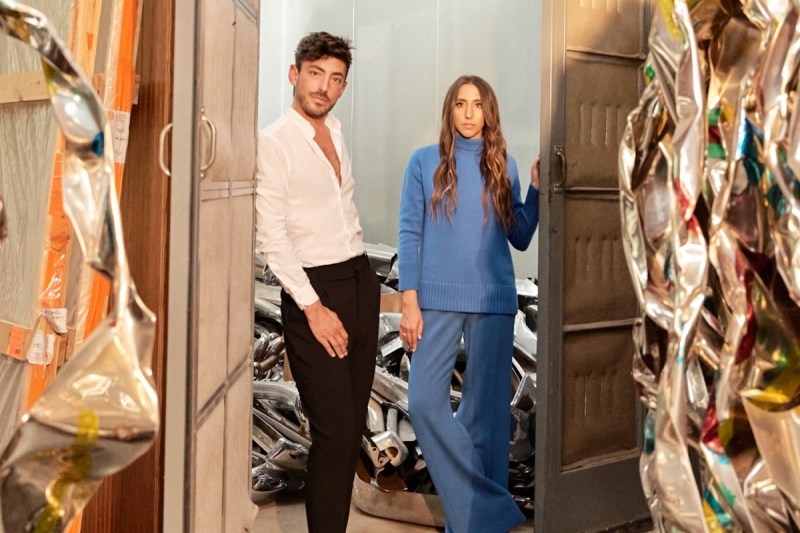NFTs are taking the same hit as many growth investments in what’s been a belt-tightening 2022. Despite the slowdown, collectors have injected over $37 billion into NFT marketplaces as of May 1, putting revenue on pace to beat the $40 billion sold in 2021. This is due, in large part, to specific platforms spiking the market. Bored Ape Yacht Club’s offer to morph avatars into multiplayer, Monopoly-esque game characters, for instance, raised about $285 million in cryptocurrency alone this year.
For artists and musicians, the blockchain is an opportunity to securitize work, and access new eyes. For platforms, this is a way to encourage art archives and creation. On Click’s new platform, for example, these NFT sales serve as unique investments that support and preserve undiscovered work from artist estates. Each Click drop will unveil a noted digital artist’s work as inspired by renowned painters, sculptors, and creators of all stripes. NFT proceeds will not only earn money for art professionals and fund educational art initiatives, they’ll help to unearth and archive never-before-seen art, video, letters, photos, and artwork from culture-defining artists.

“Without this effort/project, this work could be lost forever,” Click co-founder Billy Folchetti said in a conversation with The Manual. “It’s like a top-secret adventure. It’s about telling a really great story through the use of NFTs and blockchain.”
Click is on a mission to at once uncover and digitally conserve. Take renowned contemporary sculptor John Chamberlain, for instance. Click co-founder Alexandra Fairweather is a director of Chamberlain’s estate. In this work, she strives to keep alive Chamberlain’s post-industrial vision by digitizing the development of his metallic work while mining for hidden veins.
“What we are talking about is finding archives of never before seen artworks and personal objects of these estates,” Folchetti said. “It’s like going on a treasure hunt, opening a 10,000 sq. ft. space that hasn’t seen the light of day in 20 years. You’ll come across things you’d never guess. We want our followers to feel that too.”
Click’s themed NFT drops will help to fund this preservation. Fairweather and Folchetti are looking to tap into old and new school art collectors. This audience can range from art aficionados and big investors to a younger set, attracted to a new aesthetic speaking in a curated language they can understand.
“It’s not just about making money. Part of it is telling history, part of it is doing good, and part of this is about beautiful, significant NFTs,” Folchetti said.

Click collectors will not only purchase a digital piece of art, but also physical specimens. The (Dis)integration collection, for example, is shaped around work that describes the car, a preeminent symbol of American manufacturing — in disintegration. Inspired by discarded cassette tapes left behind in abandoned automobiles, buyers will receive a cassette that uncovers ideas behind the art series and the lost history the show uncovers.
“Small pieces that make a part of the bigger story allows people to stay intrigued,” Folchetti said.
In addition to exclusive arts and culture openings, Click participants will earn access to programming like VIP events and collector-specific Discord groups. Buyers of The (Dis)integration NFT drop will also get select entry to upcoming Click openings and programming for 12 months following purchase.
Each NFT release will also include its own traditional art opening with digital work on display.
“Each drop will have a 30 to 45-day window for an entire solo show for each artist,” Folchetti said. “It’s a place to shop, but also an educational destination. There will be lots of focus on questions and answers with individuals who worked with and were friends with artists. A fundamental part of institutions is getting behind the canvas.”
This collective effort serves as a testament to Click’s partner work with creators, executors, foundations, and museums to fund future artworks, public programs, exhibitions, restorations, and publications. Though Click is headquartered in New York City, the group is aligning with art and cultural institutions across the country and working to offer all types of different experiences for its growing community.
“NFT drops will normally be at the artist’s museum, but many Click-oriented projects are not specific to an artist or museum,” Folchetti said. “We’re figuring out a way to be inclusive, to access people where they are. We hope that as we expand, our group of partners will expand geographically.”
Towards Click’s drive to finance future projects, 20% of proceeds will benefit Art21, a New York City “nonprofit organization dedicated to inspiring a more creative world through the works and words of contemporary artists.”
“Art21 is forward-thinking and inclusive, so it’s a natural choice for us,” Folchetti said. “There’s a great synergy there in being able to support new artists and new generations and people who don’t have their name yet.”
To foster a new generation of art creators, future Click projects will likely continue to support local arts groups. This intertwines both founders’ aim to build a diverse collection of cultural enthusiasts who can all have a hand in keeping art vital.
“It’s about generating revenue streams for artists and estates in a modern, sexy way. Younger generations are losing valuable pieces of history and art’s story,” Folchetti said. “NFTs give us the ability to tell (stories) on the blockchain and put it in front of the younger generation in a more subliminal way.”



